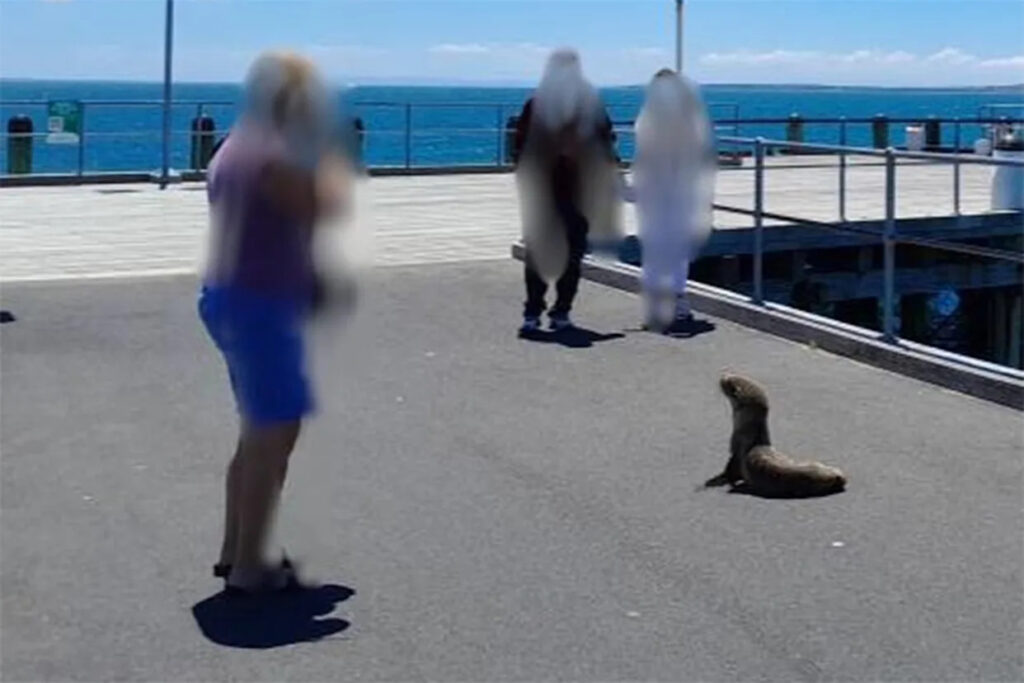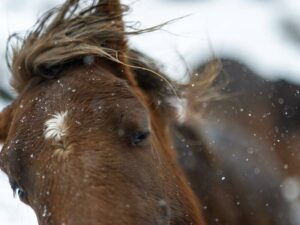
URGENT UPDATE: Authorities on Phillip Island, a popular tourist destination in Victoria, have issued a critical warning for visitors to maintain a safe distance from local seal populations after alarming incidents were reported. A concerning photo showing three individuals crowding around a baby seal on a jetty has prompted the Conservation Regulator to remind tourists of the serious impact human interactions can have on these vulnerable animals.
“Getting too close can stress the animals (which are there to rest) and put your safety at risk,” the Conservation Regulator stated in a Facebook post. This urgent reminder comes as Phillip Island hosts one of the largest fur seal colonies in Australia, frequently visible at jetties in Cowes and San Remo.
Despite tour operators promoting “close-up encounters” with seals, strict guidelines are in place to protect both the wildlife and visitors. Authorities emphasize that boats must remain at least 30 metres away from seals on land, while pedestrians must keep a minimum distance of five metres on piers or boat ramps. Additionally, dog walkers are required to maintain a distance of at least 50 metres from seals.
Penalties for violating these regulations are severe. Offenders who disturb, harm, touch, or approach seals may face fines of up to $3,951 under the Wildlife Act, with even more severe consequences under the Prevention of Cruelty to Animals Act, which can result in penalties of up to $49,397 or a prison sentence of up to 12 months.
Authorized officers will be patrolling the area to ensure compliance and safety, and the public is encouraged to report any violations. If you witness anyone getting too close to a seal, contact Crime Stoppers Victoria at 1800 333 000. For injured or entangled seals, call the Melbourne Zoo Marine Response Unit at 1300 245 678 or DEECA at 136 186.
This reminder serves not only to protect the seals but also to safeguard the wellbeing of tourists. As wildlife experts highlight, respecting these boundaries is crucial for the preservation of the species and the continuation of safe, enjoyable visits to Phillip Island. Stay tuned for further updates on this developing situation.





